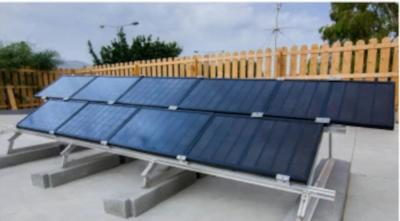A Q&A with perovskite material producer TCI Chemicals
Tokyo Chemical Industry (TCI) is a global supplier of laboratory chemicals and specialty materials. TCI is a leading the next-generation solar technology industry by providing high-quality and reliable materials, including metal halide perovskite precursors such as lead/tin halides and organic onium salts, as well as carrier transporting materials.
TCI recently launched hole selective self-assemble monolayer (SAM) forming agents, 2PACz [Product Number: C3663] , MeO-2PACz [Product Number: D5798] and Me-4PACz [Product Number: M3359] for high performance perovskite solar cells. The company is getting ready to launch some more related materials in 2022. We thought it'd be a good time to catch up with TCI, and have conducted a Q&A with TCI’s Institute for Material Science's general manager, Dr. Taro Tanabe.









